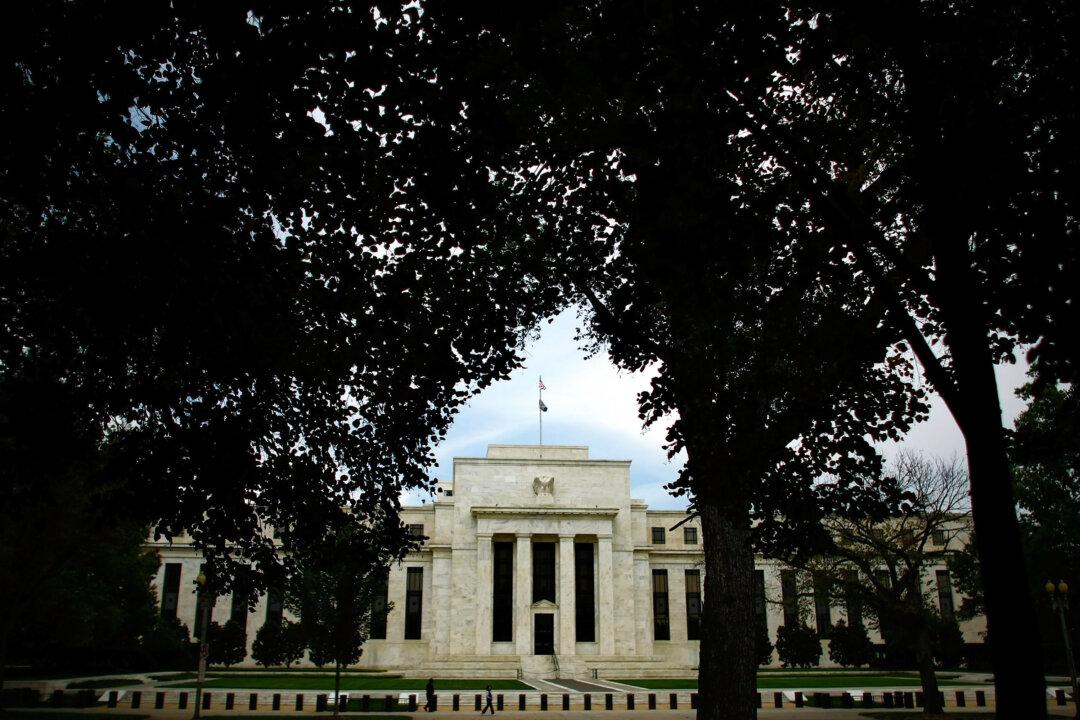The “vast majority” of Federal Reserve officials would likely support cutting interest rates in September if the data continue to favor looser monetary policy, according to minutes from the July meeting.
The meeting summary of the policymaking Federal Open Market Committee (FOMC) highlighted that U.S. central bank officials are becoming increasingly confident that inflation is moving toward the institution’s target of 2 percent.





